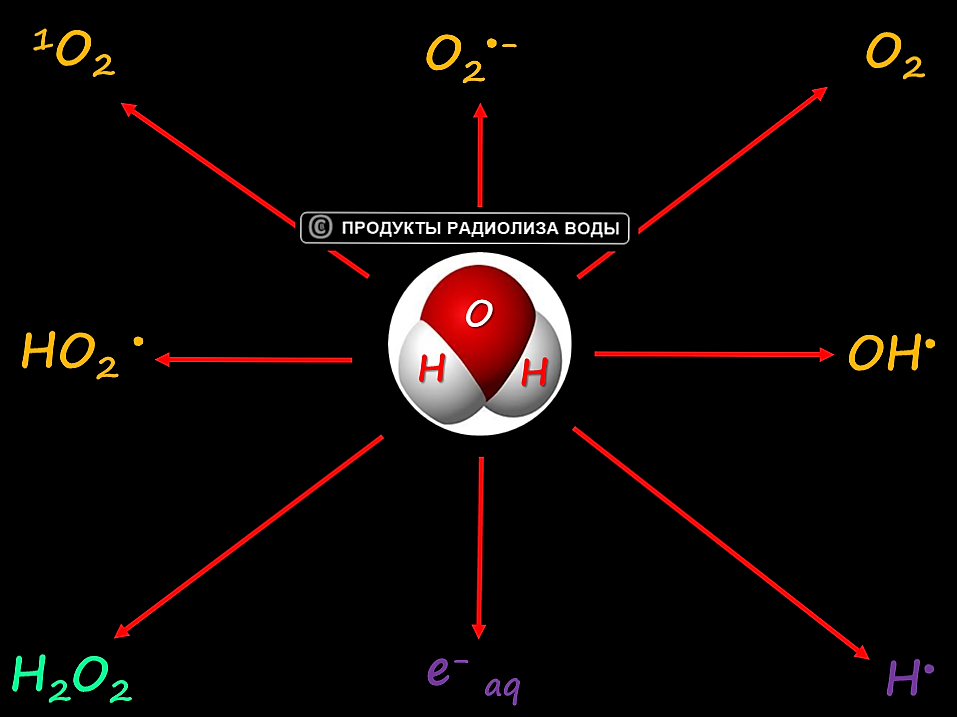Cold, no atmosphere, but there is a hard radiation? Great, life can be here.

This bacterium exists without oxygen and light in the mine at a depth of 2.8 kilometers.
Most scientists believe that you need to look for life on Earth-like planets that are in orbits with stars like the Sun. Such exoplanets cause the maximum interest of different specialists. Many scientists believe that the potentially habitable planet is in the Alpha Centauri system , where expeditions are already being planned (so far automatic).
But there are those who believe that extraterrestrial life can arise out of our usual conditions. Perhaps they are right, because even on Earth there are organisms that absolutely do not need sunlight or oxygen. These are bacteria that live very deep in the earth’s crust and “feed” on radiolysis products.
“This species of bacteria lives in a gold mine in South Africa. The depth of the mine is several kilometers, and the bacterium gets its energy thanks to radioactive compounds. This is something completely new, and we have changed our ideas about what energy sources can be, ”says Dimitra Atri, a researcher at the Chilean institute of space science Blue Marble Space Institute of Science.
')
The results of their research, scientists have published in the journal Royal Society Interface. The work, in particular, states that the bacterium thrives in deadly conditions for other living creatures. Moreover, these conditions are very similar to those that may exist on other planets and their satellites: there is almost no atmosphere, there is hard radiation.
The bacterium Candidatus Desulforudis audaxviator was discovered back in 2008 at a depth of 2.8 km in the gold mine of one of the regions of South Africa. Here, scientists were able to detect a unique ecosystem formed in very unusual conditions for the Earth. The bacterium, which is part of the ecosystem, is the only example of radiolysis in wildlife. Usually, this term refers to the decomposition of chemical compounds under the action of ionizing radiation. During radiolysis, both free radicals and individual neutral molecules can form. In this context, radiolysis should be distinguished from photolysis, which formally leads to the same results for less durable chemical bonds, for example, for cases of photodecomposition of binary chlorine molecules under the action of ultraviolet light or decomposition or polymerization of a photoresist during exposure.

Example of water radiolysis (source: Wikipedia)
The overwhelming majority of living organisms on Earth depend to some degree on the energy of the Sun (photosynthesis and products of photosynthesis, plants and animals that feed on plants). But Candidatus Desulforudis audaxviator receives the energy supplied by the decay process of uranium and its compounds.
“Two things are needed for radiolysis: a chemical compound, simple or complex, and a source of radioactive radiation, which contributes to the breakdown of the molecules of the compound,” say the scientists. The bacterium Candidatus desulforudis audaxviator uses the breakdown products of some compounds to replenish energy reserves. This is an anaerobic bacterium, oxygen will simply kill it. The water in which the bacteria was found was located in one of the reservoirs inside the rock mass of the mine for about 3 million years. In other words, Candidatus Desulforudis audaxviator and its ancestors have not seen sunshine for millions of years. She is able to extract carbon from carbon dioxide decomposed by radiation and produce nitrogen, which is a part of local rocks. Under unfavorable conditions, the bacterium forms endospores and waits until the problem disappears.
Scientists believe that bacteria in space can do the same, using hard cosmic radiation as a source of nutrients for themselves. Such radiation can penetrate to a considerable depth of a planet, satellite of a planet or another object. If a terrestrial bacterium can lead this way of life, why are extraterrestrial creatures unable to do this? In their work, scientists have shown that it is theoretically possible. This requires the following conditions: a thin atmosphere, traces of water and some chemical components in the soil.
It is likely that humans will be able to detect living beings using radiolysis at various objects in the solar system, including, possibly, asteroids. And in deep space, according to the authors of the study, life should be sought not only on planets that revolve around their stars in the “habitable zone”, but on a much larger number of exoplanets, including those that do not have an atmosphere and where very low temperature Creatures using radiolysis for life may even be on objects with no stars around them.
“Usually, when we talk about life in other places, we mean life that exists under conditions similar to ours,” says Atri. “But this is a completely different source of energy. Our atmosphere protects us from cosmic radiation. Radiolysis is possible on planets that do not have such an atmosphere. These are, generally speaking, conditions opposite to what we usually look for. ”
Atri plans to conduct an experiment to test his hypothesis. He wants to make sure that bacteria from South Africa are able to exist under conditions of high-energy particle bombardment. Such conditions can only be recreated at a particle accelerator. And since there are very few of them on Earth, it will take several years to wait for their turn for the experiment.
Source: https://habr.com/ru/post/398535/
All Articles